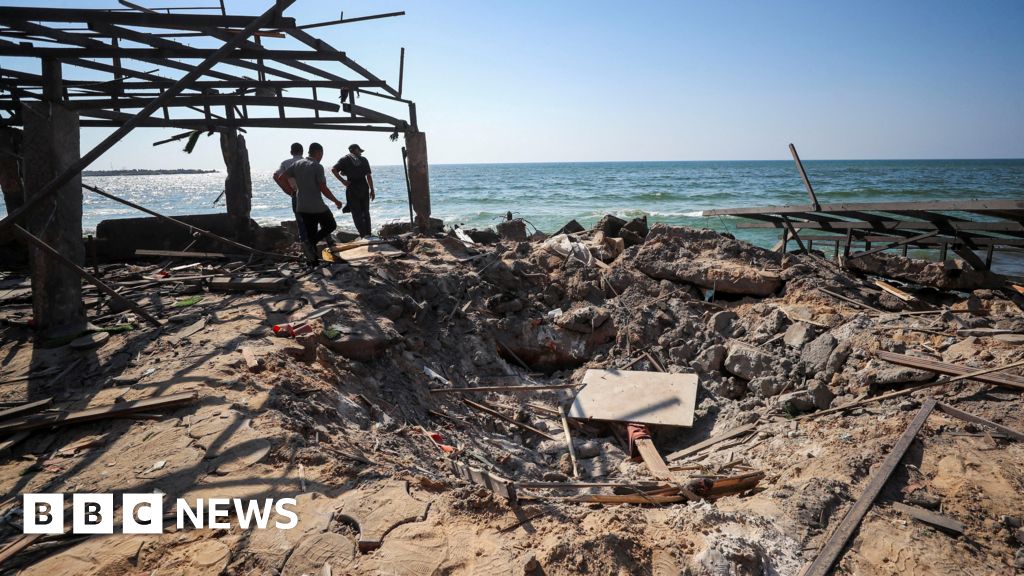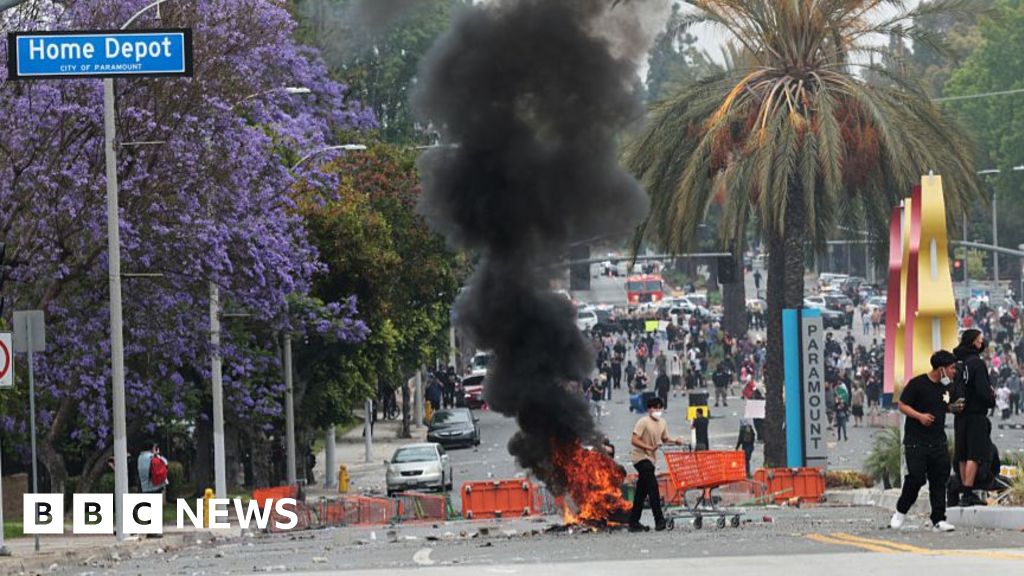The Haramain High-Speed Railway spans approximately 450 kilometres, connecting two holy cities.

The railway cost approximately £11.9bn to construct. (Image: Getty)
The Haramain High-Speed Railway, costing a staggering SAR 60 billion (approximately £11.9 billion), is one of the largest railway projects in the Middle East. Spanning approximately 450 kilometres, it connects the two holiest cities in Saudi Arabia, Mecca (Makkah) and Medina (Madinah), and plays a crucial role during the annual Hajj pilgrimage.
Construction of the Haramain Railway took nine years, beginning in March 2009, before the service officially launched on October 11 2018. The project’s aim was to provide an efficient and high-capacity transportation solution for millions of pilgrims and residents travelling between Makkah and Madinah. The railway has dramatically cut travel time between the two cities by a whopping eight hours - it typically takes up to 10 hours by road during the busy Hajj season, yet now takes just two hours by train.

The train offers both economy and business class. (Image: Getty)
The service operates at speeds of up to 300 kilometres per hour (186 mph) and is designed to withstand extreme temperatures of up to 50°C (122°F) due to Saudi Arabia’s hot desert climate.
During the Hajj and Umrah seasons, two pilgrimages, the Haramain Railway becomes a vital method of transportation capable of holding large volumes of passengers. With 35 trains in operation, each consisting of 13 cars and 417 seats, the railway has an annual passenger capacity of 60 million.
Passengers can choose from two classes: economy class, offering 304 seats, and business class, featuring 113 premium seats with enhanced offerings. Ticket prices start at SAR 157 (£31) for economy and SAR 250 (£49) for business class for a one-way journey.
Invalid email
We use your sign-up to provide content in ways you've consented to and to improve our understanding of you. This may include adverts from us and 3rd parties based on our understanding. You can unsubscribe at any time. Read our Privacy Policy

35 trains are in operation during the pilgrimages. (Image: Getty)
Stations are strategically located near major hotels, religious sites, and urban centres. Key stops along the route include:
- Makkah – The spiritual centre of Islam, home to the Kaaba and the Grand Mosque.
- Madinah – The second-holiest city, where the Prophet Muhammad is buried.
- Jeddah – A commercial hub and access point via King Abdulaziz International Airport.
- King Abdullah Economic City – A growing urban development along the Red Sea coast.
- King Abdulaziz International Airport – Providing international travellers with direct access to the railway network.
Beyond its religious value, the Haramain Railway is part of Saudi Arabia’s broader economic and transportation development goals. It supports the growth of tourism and improves connectivity with residents. The project has also created around 100,000 direct and indirect jobs in areas such as transportation, infrastructure, operations, and maintenance.

 1 month ago
15
1 month ago
15










 English (US) ·
English (US) ·